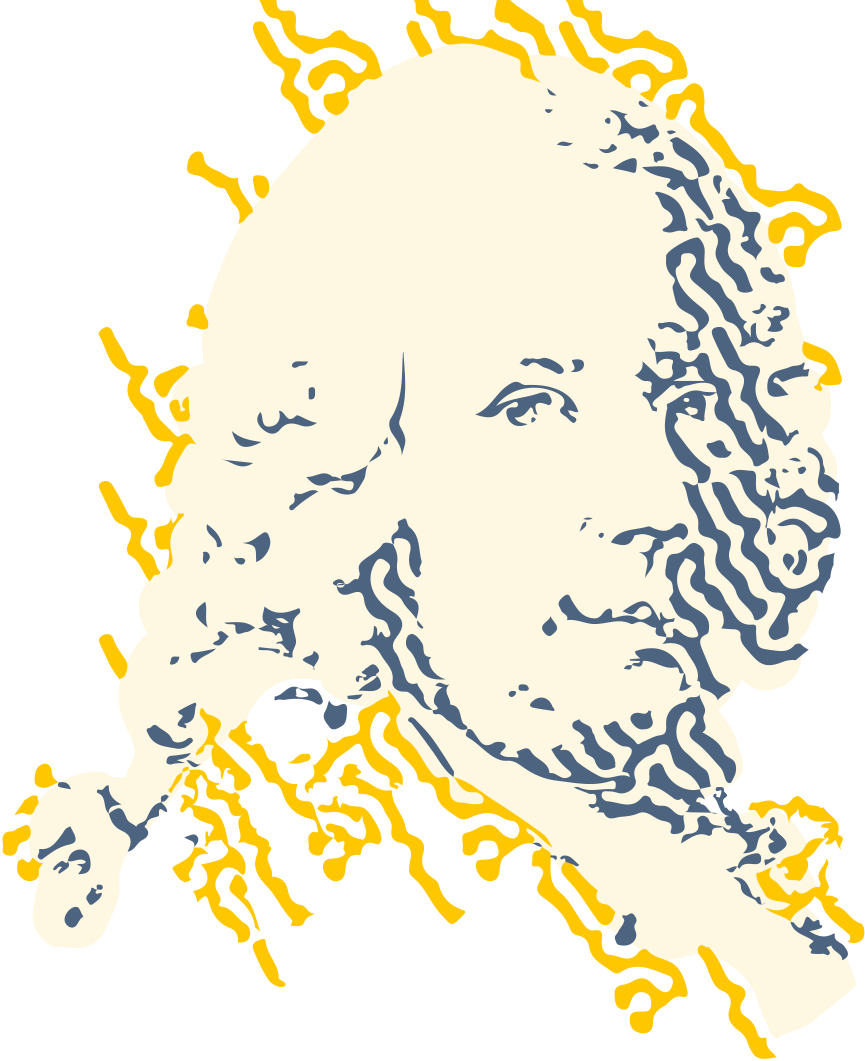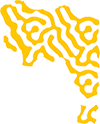Contrast-enhanced to non-contrast-enhanced image translation to exploit a clinical data warehouse of T1-weighted brain MRI
Résumé
Background
Clinical data warehouses provide access to massive amounts of medical images, but these images are often heterogeneous. They can for instance include images acquired both with or without the injection of a gadolinium-based contrast agent. Harmonizing such data sets is thus fundamental to guarantee unbiased results, for example when performing differential diagnosis. Furthermore, classical neuroimaging software tools for feature extraction are typically applied only to images without gadolinium. The objective of this work is to evaluate how image translation can be useful to exploit a highly heterogeneous data set containing both contrast-enhanced and non-contrast-enhanced images from a clinical data warehouse.
Methods
We propose and compare different 3D U-Net and conditional GAN models to convert contrast-enhanced T1-weighted (T1ce) into non-contrast-enhanced (T1nce) brain MRI. These models were trained using 230 image pairs and tested on 77 image pairs from the clinical data warehouse of the Greater Paris area.
Results
Validation using standard image similarity measures demonstrated that the similarity between real and synthetic T1nce images was higher than between real T1nce and T1ce images for all the models compared. The best performing models were further validated on a segmentation task. We showed that tissue volumes extracted from synthetic T1nce images were closer to those of real T1nce images than volumes extracted from T1ce images.
Conclusion
We showed that deep learning models initially developed with research quality data could synthesize T1nce from T1ce images of clinical quality and that reliable features could be extracted from the synthetic images, thus demonstrating the ability of such methods to help exploit a data set coming from a clinical data warehouse.
| Origine | Publication financée par une institution |
|---|




